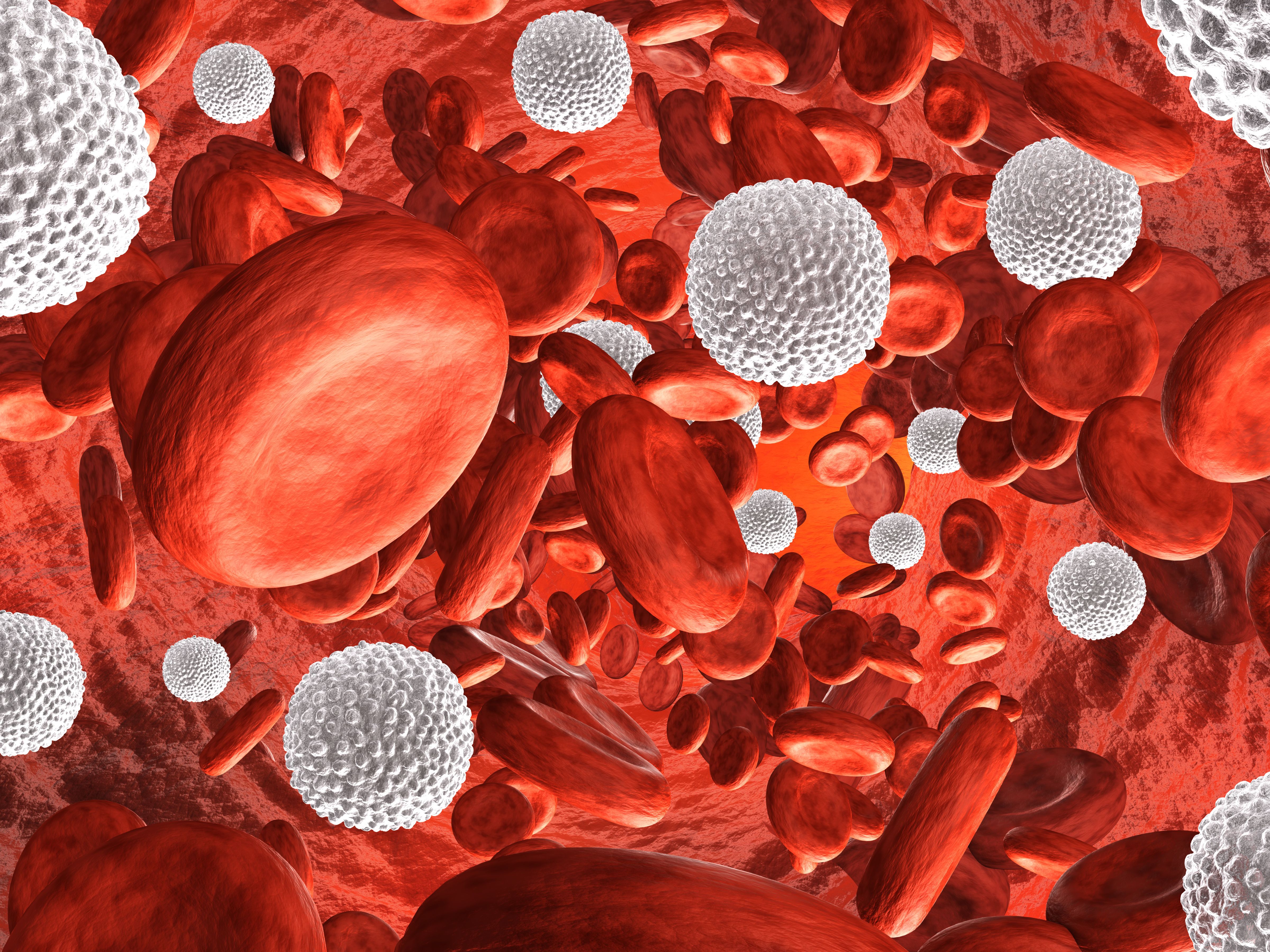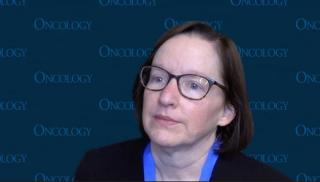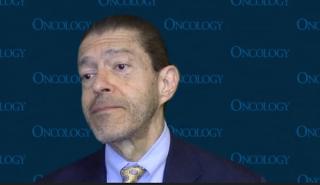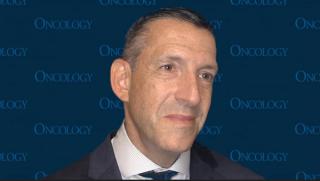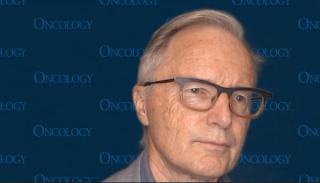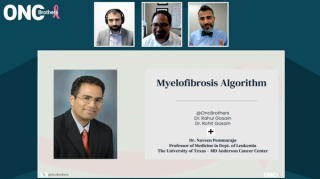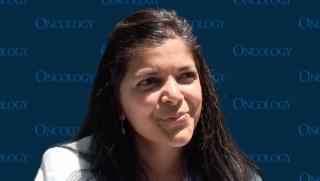
Hematologic Oncology
Latest News
Latest Videos

Podcasts
More News
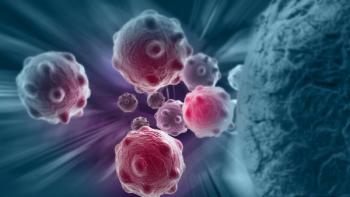
Lenalidomide capsules and dasatinib tablets have received FDA approval through an abbreviated new drug application for various hematologic malignancies.
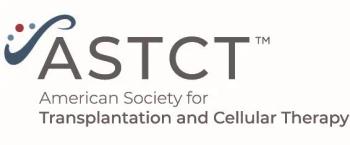
Overall, BMT CTN 0702 showed no improvement in outcomes with added post-ASCT consolidation as compared to standard lenalidomide maintenance.
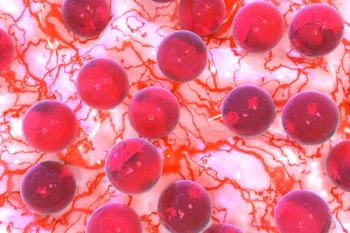
Prophylactic defibrotide conferred more ICU admissions and higher mortality among high-risk pediatric patients who underwent prior HSCT.

The analysis saw minimal evidence of increased relapse among patients with hematologic cancers and minimal residual disease vs those without.
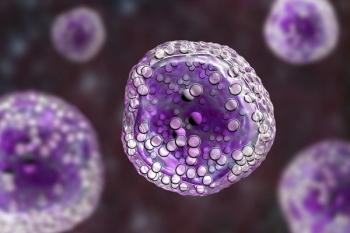
Clonal hematopoiesis may be associated with the early development of toxic events in patients with newly diagnosed multiple myeloma.

Researchers from Bambino Gesù Children’s Hospital and Sapienza University in Rome, Italy examined the recovery and function of MAIT cells in pediatric and young adult patients following allo-HSCT.

Treosulfan plus fludarabine is now approved by the FDA as an injection for allo-HSCT conditioning for patients with AML or MDS.
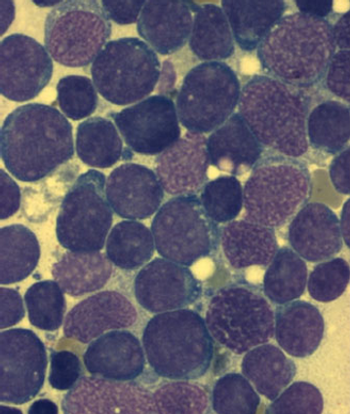
The developers expect the product to be available for order in the United States in early February 2025.
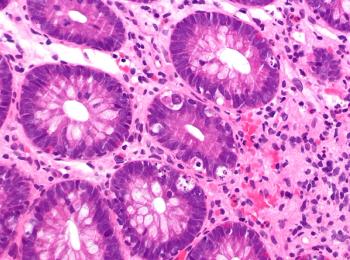
Efficacy findings reveal that the phase 3 ARES study evaluating MaaT013 met its primary end point of gastrointestinal overall response rate.
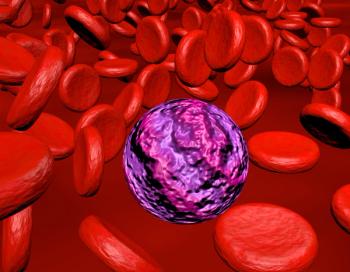
A Satellite Sessions event that took place at Fred Hutchinson Cancer Center and discussed treatments surrounding LCL and CLL.

The "New Developments in CAR T Treatments" webinar series brought together leading experts in the field of cancer immunotherapy to discuss the latest advancements and ongoing research in CAR T and natural killer cell therapies.
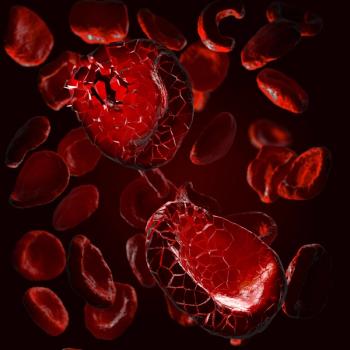
Hemolytic anemias are a collection of rare but severe diseases including paroxysmal nocturnal hemoglobinuria and atypical hemolytic uremic syndrome.

Results from a phase 1a trial showed that NX-5948 yielded an overall response rate of 77.8% in later lines of treatment for patients with WM.
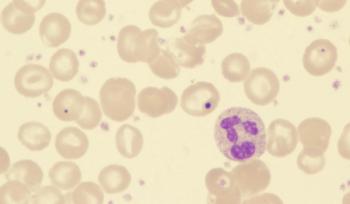
Results from the phase 3 AVA-PED-301 trial support the FDA decision for avatrombopag in pediatric thrombocytopenia.
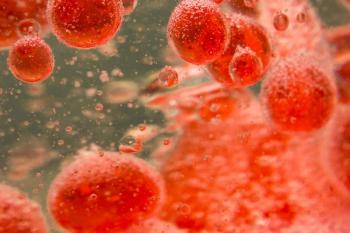
More than 80% of the SENTRY trial population had alleviation of their myelofibrosis-associated symptoms following treatment with selinexor/ruxolitinib.

Navtemadlin yields improvements in symptom score reductions ad spleen volume reduction among patients with relapsed/refractory myelofibrosis.
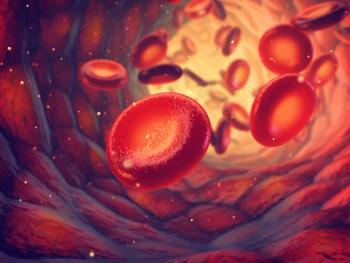
NFKB1 rs230511 genetic variant improves treatment outcomes for patients with polycythemia vera and essential thrombocythemia.
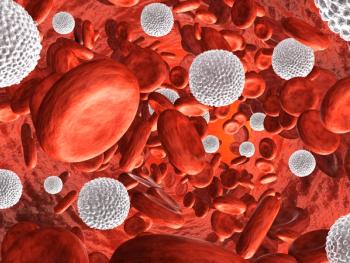
Atrial fibrillation occur at a smaller likelihood with second-generation BTK inhibitors vs first-generation BTK inhibitors in B-cell hematologic cancers.
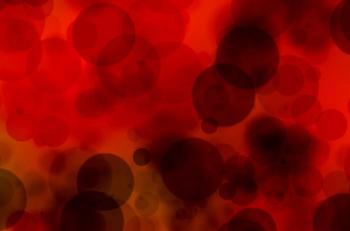
Navtemadlin shows influence in myelofibrosis hallmarks such as CD34-positive cell proliferation and pro-inflammatory cytokines in the phase 3 BOREAS trial.

CancerNetwork co-hosts Kristie L. Kahl and Andrew Svonavec highlight abstracts to look out for surrounding the multidisciplinary approach at the upcoming ASH Annual Meeting in San Diego, with some additional tidbits to round out the main event.
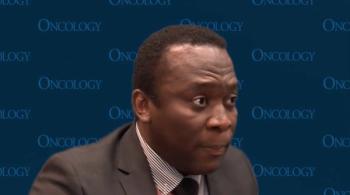
Greater direct access to academic oncologists may help address challenges associated with a lack of CAR T education in the community setting.

Findings from the Phase 3 AURIGA trial support the use of lenalidomide plus daratumumab vs lenalidomide alone as post-transplant maintenance therapy for patients with newly diagnosed multiple myeloma.

Certain bridging therapies and abundant steroid use may complicate the T-cell collection process during CAR T therapy.

Educating community practices on CAR T referral and sequencing treatment strategies may help increase CAR T utilization.
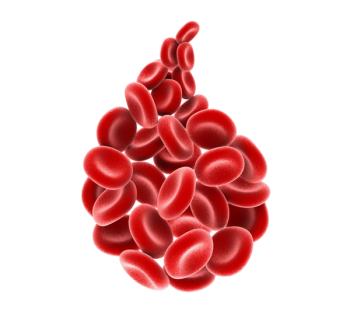
David M. Swoboda, MD, and Andrew Kuykendall, MD, spoke about the current treatment strategies and potential advancements that may improve outcomes such as spleen volume reduction in the myelofibrosis field.




